By Dan Rubinstein
At the United Nations COP26 climate change summit in Glasgow, U.S. President Joe Biden vowed to crack down on emissions of methane, a potent greenhouse gas with an impact on global warming several dozen times stronger than that of carbon dioxide.
Canada is one of more than 100 countries to sign the Global Methane Pledge, which aims to reduce worldwide methane emissions by 30 per cent below 2020 levels and to reduce methane emissions from the oil and gas industry by at least 75 per cent below 2012 levels by 2030.
But before industry can cut emissions at wells, compressor stations, storage tanks or the 40 or so different types of major infrastructure, and before governments can impose more strict regulations, they need to better understand where—and how much—methane is being released.
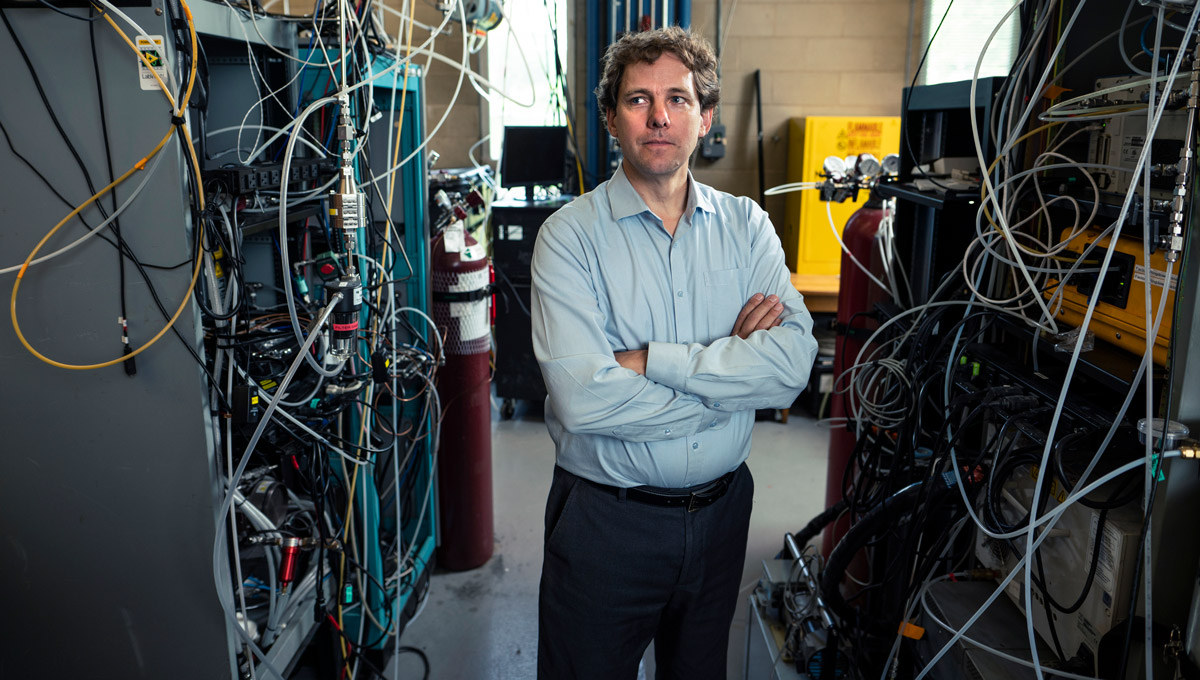
Prof. Matthew Johnson
Carleton Mechanical and Aerospace Engineering Prof. Matthew Johnson, director of the university’s Energy and Emissions Research Laboratory (EERL), is in the midst of a multi-year project using airborne and ground-based technologies to measure methane at more than 8,000 active energy production sites from Manitoba to British Columbia.
“Our goal is to create the first measurement-based methane inventory in Canada,” says Johnson, whose approximately $2.5 million project is supported by Natural Resources Canada, the B.C. government, Environmental Defense Fund and his own NSERC Discovery Accelerator grant.
“We want to provide trusted and transparent information that speaks directly to industry and government regulators and allows them track progress toward reduction targets.”
Existing information on actual methane emissions is drawn from estimates and limited small-scale studies. Johnson and his collaborators have been working to improve this over the past five years.
With planes flying laps over energy infrastructure in western Canada from August to November, deploying a relatively new laser-based monitoring system from Bridger Photonics, as well as EERL wind sensors, infrared cameras and blinded controlled methane releases on the ground, his current work is building on these earlier projects.
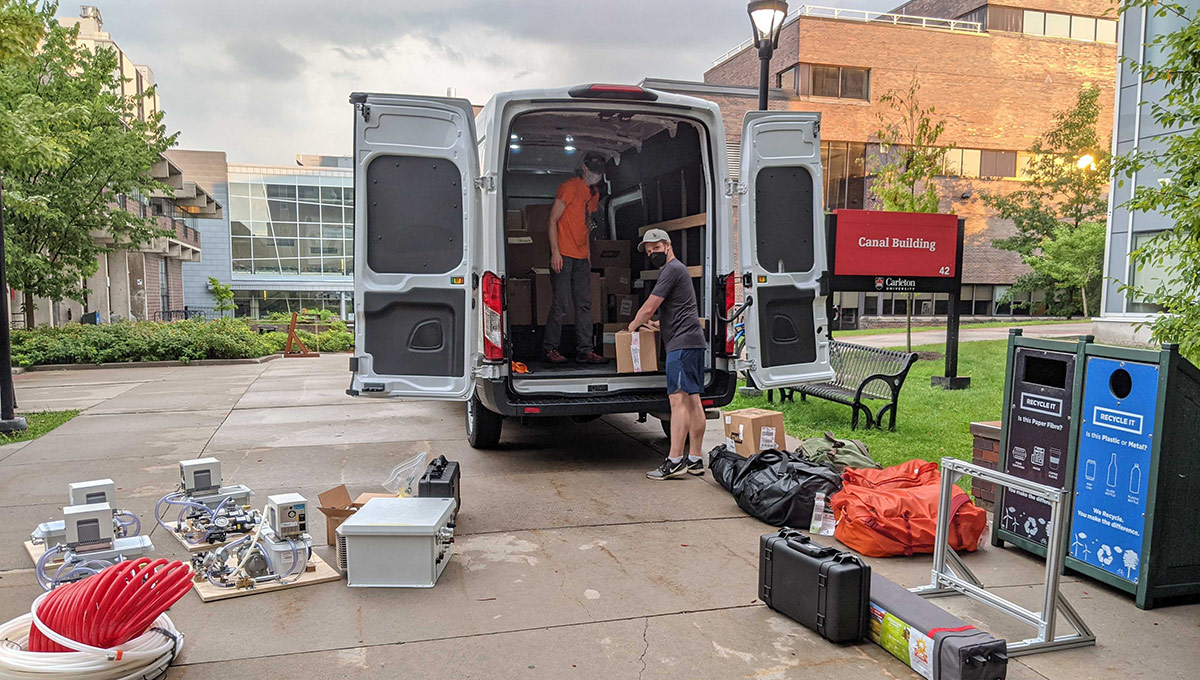
Members of the EERL team pack for a trip to Lloydminster
“We’re trying to hone in on the key sources that are driving overall emissions,” says Johnson. “We need to tackle this first if we are going to reach new reduction targets for the oil and gas sector.
“More importantly, we’re setting baselines and developing tools that will allow governments to track progress on mitigation. The devil is in the details, but if we’re not actively measuring what’s working and what isn’t, we’re never going to achieve what’s needed.”
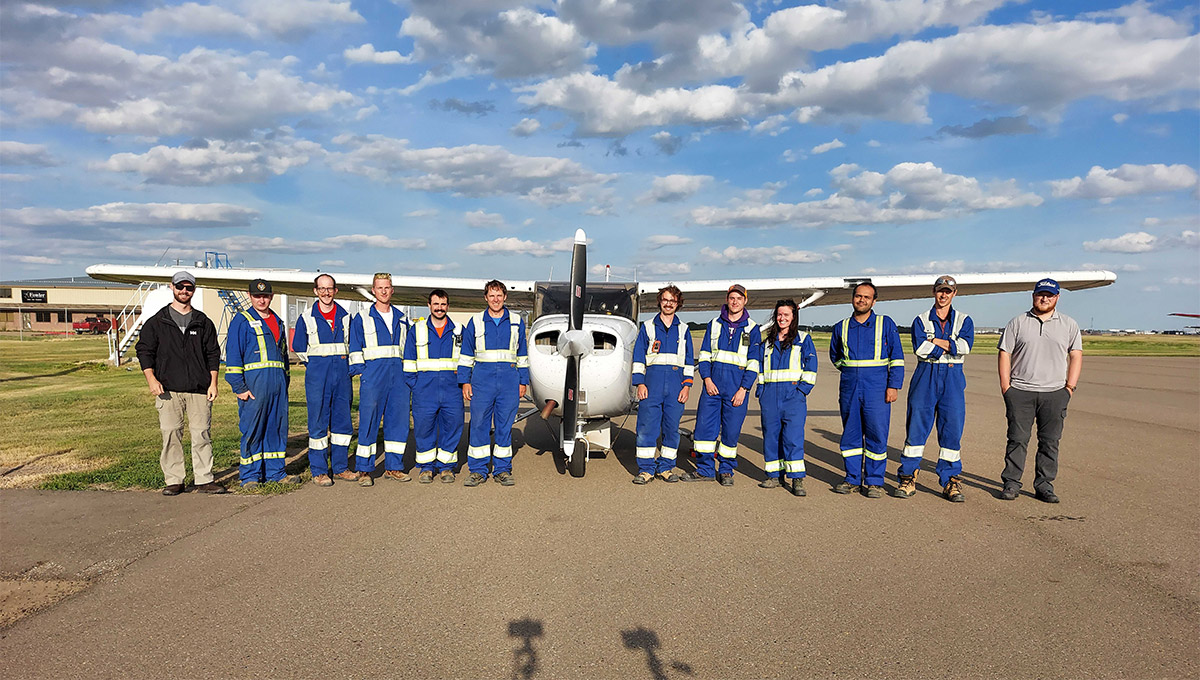
A Critical Time on Methane Front in Canada
Methane is responsible for roughly 30 per cent of the global rise in temperatures and accounts for about 13 per cent of Canada’s total greenhouse gas emissions, according to Environment and Climate Change Canada, which notes that cutting methane emissions “is one of the fastest and lowest cost ways to fight climate change.”
This is a critical time on the methane front in Canada, says Johnson. Ottawa has established equivalency agreements with the governments of B.C., Alberta, and Saskatchewan, which means that provincial methane regulations can take precedent over federal standards as long as they are deemed equivalent.
These agreements are coming up for renegotiation. Some of Johnson’s earlier methane research in Alberta revealed disparities between draft provincial regulations and the federal standard and helped push the province to tighten its rules. His current work could have a similar impact throughout western Canada.
“It’s our job,” he says, “to make sure the best possible data are available to help make these decisions.”
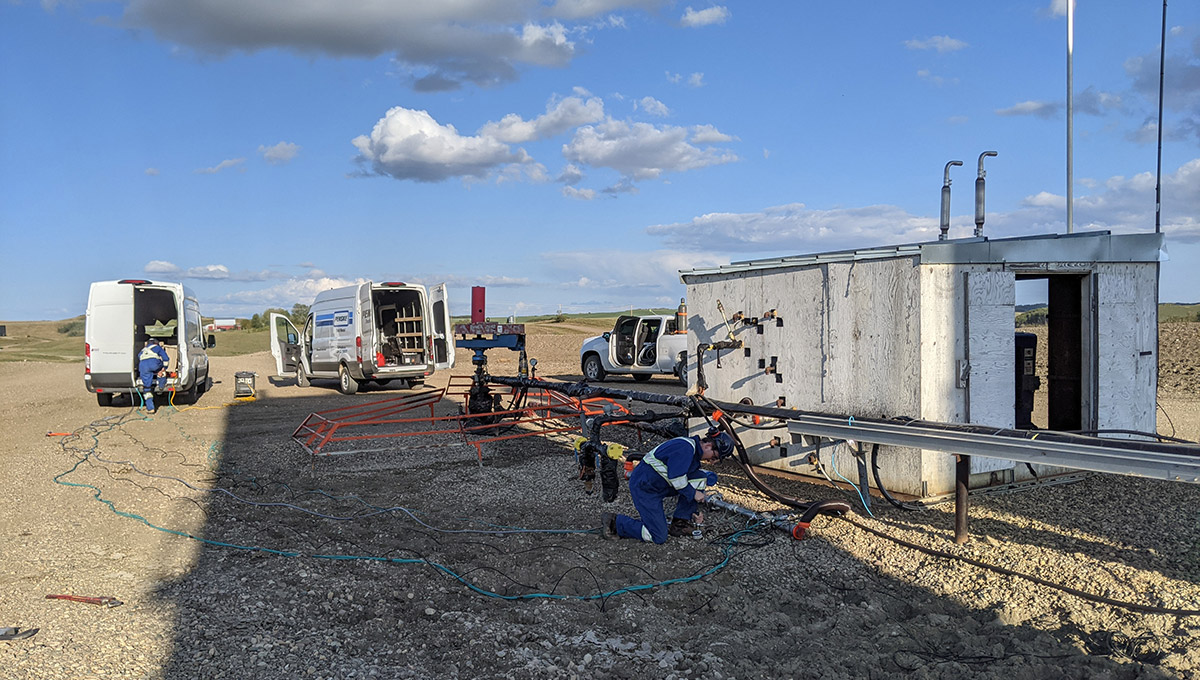
Significant Leaks from ‘Legacy Systems’
By the time their surveys are finished, Johnson and his team—which includes several Carleton graduate students—will have measured methane at around 3,800 sites in Alberta, 3,400 in Saskatchewan, 500 in B.C., plus a handful of sites in Manitoba.
Johnson’s lab is also working to help develop monitoring tools using available data from satellites, which will be necessary for international locations where site access is limited.
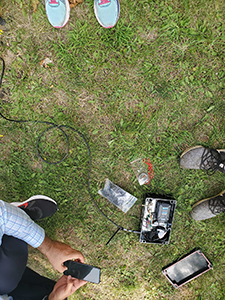
Tools used by the EERL team
“We’re trying to tackle this problem as holistically as possible,” says Johnson, who believes that a mix of methods is important.
Part of the challenge, he explains, is that “legacy systems” in the oil and gas sector were designed to intentionally release methane because there was no economic value in capturing the gas and no emphasis on its environmental cost.
But the amount being released is “significant,” says Johnson. Emissions from sources such as oil storage tanks and unlit flare stacks, for example, can fluctuate over time and often escape regulatory attention.
“What one company might consider a leak, another might call venting,” he says.
“But it doesn’t matter how you classify it. If it’s methane, it’s methane, and this has to be mitigated.
“We need to deal with a lot of things, but our immediate climate goal should be to eliminate methane emissions, which are 30 to 100 times more potent than carbon dioxide. We need to reduce methane now to have a chance at keeping global temperature rise below 2°C warming and to allow time for harder to achieve—but also essential reductions—in carbon dioxide emissions.”
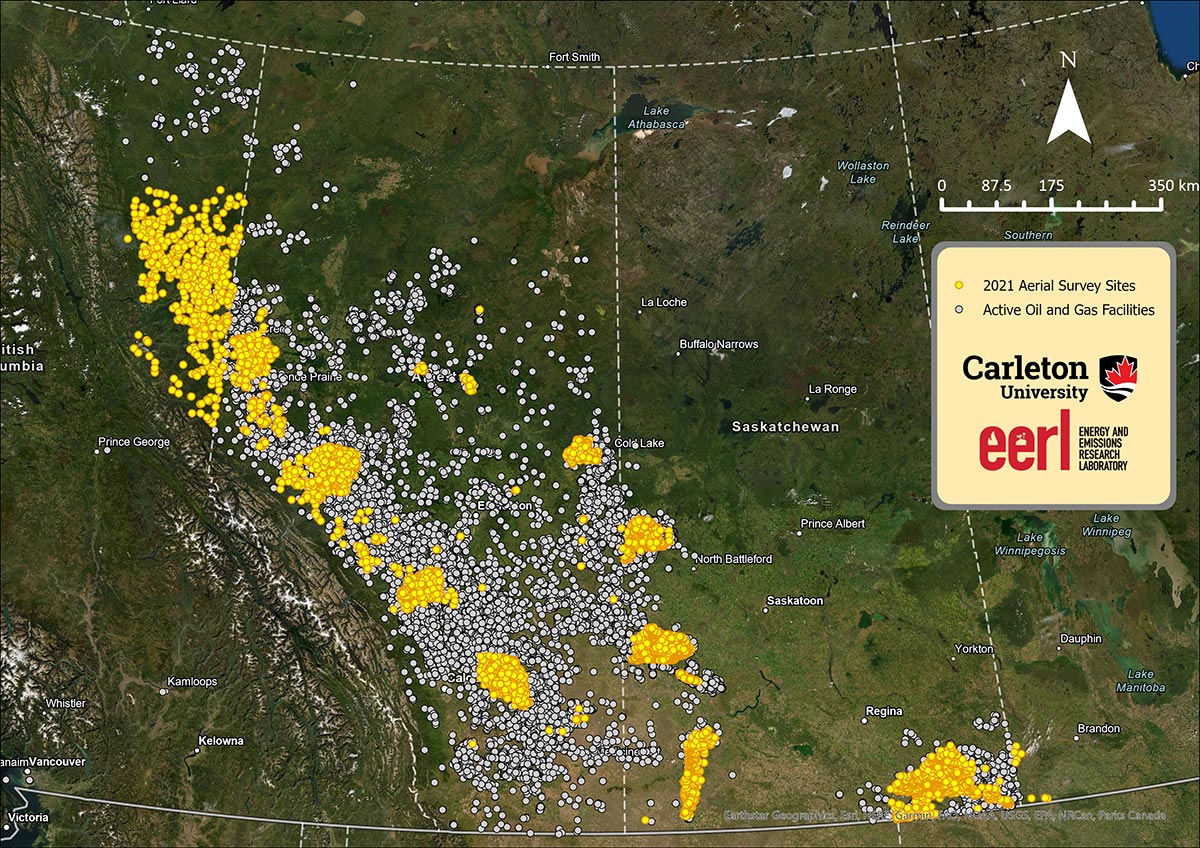
Tuesday, December 14, 2021 in Environment and Sustainability, Faculty of Engineering and Design, Research
Share: Twitter, Facebook



